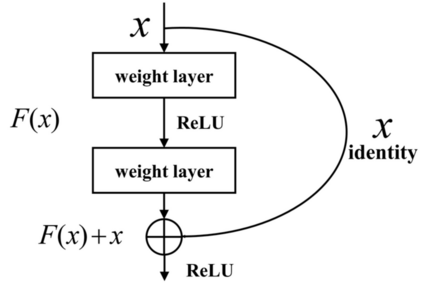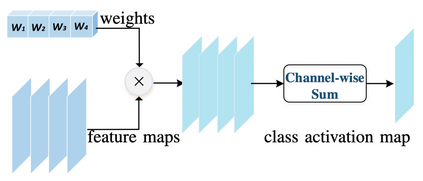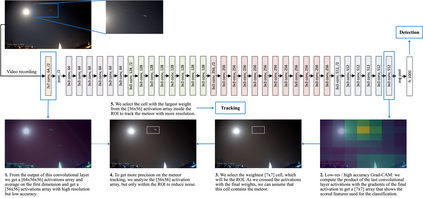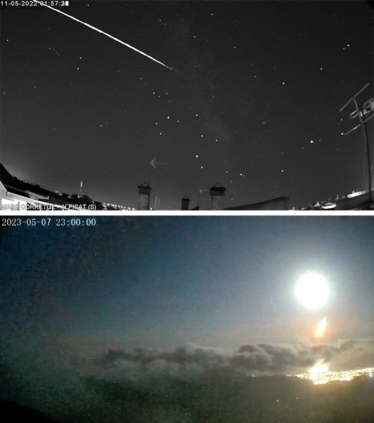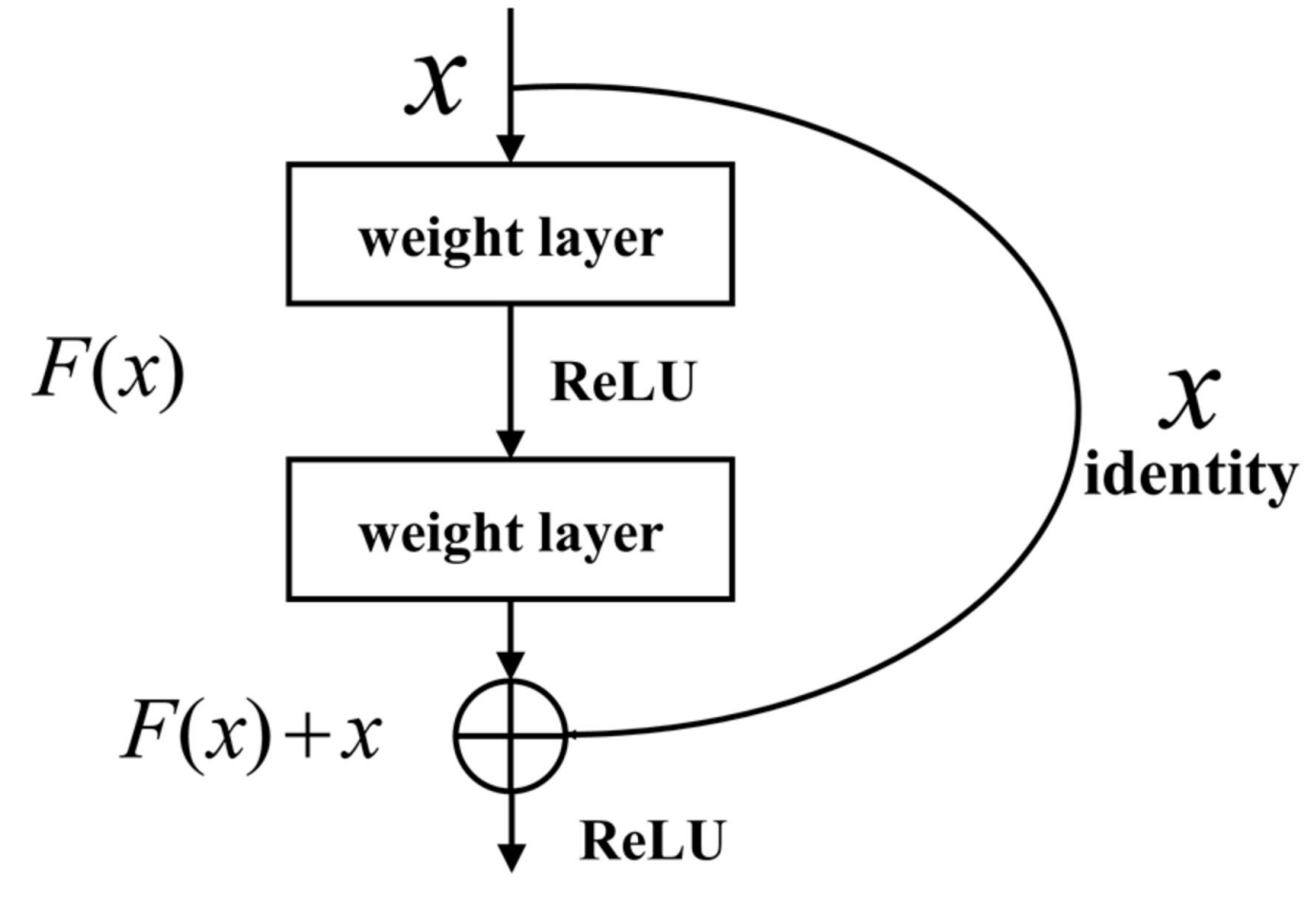In recent decades, the use of optical detection systems for meteor studies has increased dramatically, resulting in huge amounts of data being analyzed. Automated meteor detection tools are essential for studying the continuous meteoroid incoming flux, recovering fresh meteorites, and achieving a better understanding of our Solar System. Concerning meteor detection, distinguishing false positives between meteor and non-meteor images has traditionally been performed by hand, which is significantly time-consuming. To address this issue, we developed a fully automated pipeline that uses Convolutional Neural Networks (CNNs) to classify candidate meteor detections. Our new method is able to detect meteors even in images that contain static elements such as clouds, the Moon, and buildings. To accurately locate the meteor within each frame, we employ the Gradient-weighted Class Activation Mapping (Grad-CAM) technique. This method facilitates the identification of the region of interest by multiplying the activations from the last convolutional layer with the average of the gradients across the feature map of that layer. By combining these findings with the activation map derived from the first convolutional layer, we effectively pinpoint the most probable pixel location of the meteor. We trained and evaluated our model on a large dataset collected by the Spanish Meteor Network (SPMN) and achieved a precision of 98\%. Our new methodology presented here has the potential to reduce the workload of meteor scientists and station operators and improve the accuracy of meteor tracking and classification.
翻译:暂无翻译

